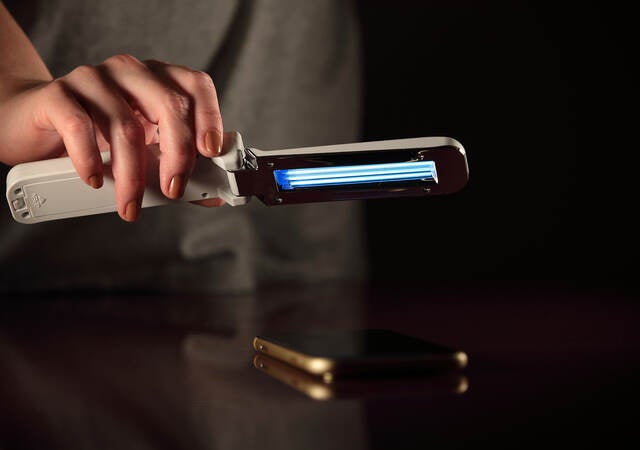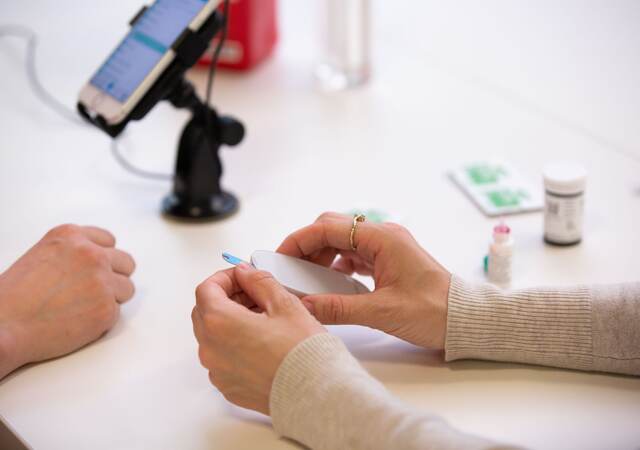December 30, 2021
Regulatory importer
The concept of “importation” can be seen from various perspectives. Someone may physically transport a product across a border, which is addressed from a logistics perspective. Next is the perspective of taxes and customs, whereby someone takes care of paperwork and possible taxes and duties. There is also the regulatory perspective, which is represented by the European Medical Devices Regulation (MDR) and In-Vitro Diagnostic Medical Devices Regulation (IVDR), but which was introduced in the European Union several years ago by Decision 768/2008.
These three types of importation can be performed by three different legal entities, but these roles can also be combined into one or two companies. It is important to understand that the regulatory importer is defined as the legal person who makes a device available for the first time on the market for distribution or use, and who is based in that market. If a manufacturer outside of that market supplies a device directly to a user, that manufacturer makes the device available for use. But, the manufacturer is not based in that market and therefore cannot be considered the importer. The user is not making the device available on the market, because they want to use it themselves. Therefore that user also cannot be considered the importer of the device.
No medical device MRA between Switzerland and the EU
Since May 26, 2021, there is no mutual recognition agreement (MRA) between the EU and Switzerland for medical devices (see our previous post for background). However, other MRAs remain in place allowing for freedom of movement of goods between both markets. As a result, medical devices that are intended to be used in Switzerland can easily be purchased from EU distributors, and EU manufacturers can supply directly to Swiss hospitals. However, it was not previously clear how those devices had to be handled from a regulatory perspective. Swissmedic has now published guidance on procurement by Swiss healthcare suppliers in which this issue is set out. This guidance document approaches this issue from the perspective of healthcare providers, and how they can verify acceptable safety and performance characteristics of a medical device for use in Switzerland.
“Not placed on Swiss market”
Swissmedic has taken a pragmatic approach after the MRA with the EU for medical devices ended. The regulator accepts CE Marking, and now assumes that a device which is good enough for the EU will also be good enough for Switzerland. For devices that are imported through the “normal” channels, this requires identification of the Swiss Authorized Representative (CH-REP) and the Swiss importer. However, if a healthcare provider physically imports a device for their own use, these devices are not considered to be placed on the Swiss market. There are some conditions for such a situation:
- The healthcare provider must take full responsibility for the safety and performance of the device.
- The device must remain within the healthcare provider that imported that device. If the device is supplied to another organization, the healthcare provider will be considered a distributor and therefore must also assume the role of importer.
- Devices cannot be supplied to patients, unless they are implants that remain in the patient. If devices that have not yet been put into service are supplied to a patient as part of a therapy, the healthcare provider will also be considered the importer.
- The healthcare provider must assume full responsibility for informing users and patients about the safe use of the device.
- In case of a field safety corrective action (FSCA) involving these devices, the healthcare provider is responsible for taking all necessary measures.
- Registration of Unique Device Identification (UDI) for Class III devices and providing an implant card in three Swiss national languages (German, French, Italian) for implants are also required.
- Serious incidents must be reported to Swissmedic and to their supplier.
Patients who order devices from non-Swiss suppliers are also not considered to be placing these devices on the Swiss market. Just like the healthcare suppliers, these patients will have to take their own responsibility. From that perspective it would make sense for Swiss patients to focus on European Economic Area (EEA)-based suppliers, because such suppliers must comply with European legislation as well as European market surveillance requirements.
How about other markets?
The Swiss approach, in which Swissmedic appears to assume that what is good for the EU will also be good for Switzerland, cannot be copied to other European markets. Switzerland is applying the same requirements in full, and therefore can rely on EU certification. The UK is developing its own set of rules and its own specific market surveillance system; therefore they may accept CE-marked devices for now, but in the near future this allowance will no longer be possible. For the EU, the situation is even more complex as there are only very few markets where the Swiss approach would work. Therefore the EU has adopted Regulation (EU) 2019/1020 on market surveillance, which requires at least one economic operator based in the EEA for a device to be supplied to users.
Consequences for suppliers
For companies supplying devices directly to Swiss users, the Swissmedic approach means they don’t need to appoint a CH-REP and importer. Although it is recommended that these firms make Switzerland part of their EU post-market surveillance plan, there is no legal requirement to do so. Companies may decide to provide user information in three Swiss national languages, but if they don’t, Swissmedic or an EU-based Competent Authority will act to address that issue. And the situation can become very unclear if a patient suffers injury because the user information for a device was not understood. Suppliers may even go a step further and create devices exclusively for the Swiss market. Because these devices are not intended to be placed on the EU market, they are not subject to market surveillance by EU Competent Authorities. Because of these uncertainties, Emergo expects healthcare providers to require additional legal obligations equivalent to those found in the EU MDR from their suppliers.
Conclusion: pragmatic solution, with caveats
Swissmedic appears to have taken a pragmatic approach. Healthcare providers may be supplied directly from EU-based companies, and they should inform these organizations of their risks and responsibilities. If hospitals, dentists and other providers understand their responsibilities, they may come to a working agreement with their suppliers. At the same time, suppliers must take additional measures to make sure Swiss patients will have the same level of protection as EU patients. If all involved coordinate their efforts, this could work. But Swiss healthcare provides should be aware that this new system may prove vulnerable for abuse.
Additional medical device regulatory resources for Switzerland and the EU:
- Switzerland Representative (CH-REP) in-country representation
- European Medical Devices Regulation 2017/745 (MDR) compliance resource center
- Whitepaper: Understanding Europe’s MDR
Request more information from our specialist
Thanks for your interest in our products and services. Let's collect some information so we can connect you with the right person.







